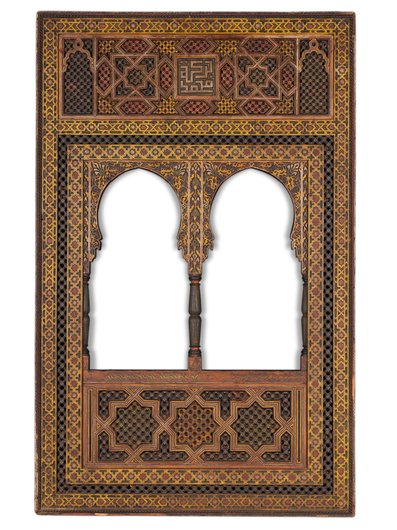Faces of Morocco: Landscape and Society
Morocco, a kingdom endowed with a diverse population, cultural heritage, historical significance, and breathtaking landscapes, presents a colourful canvas for photographers attempting to capture its essence. This section features the works of renowned photographers Irving Penn, Bruno Barbey, and Harry Gruyaert, alongside the contemporary voices of Moroccan artists Lalla Essaydi, Mounir Raji, and Mous Lamrabat. Beyond visual documentation, photography is a channel for cultural transmission, in which landscapes and people intertwine, forming a visual testament to the vibrant and ever-evolving story of Morocco.
The Soul of Morocco: Kings, Saints and Scholars
Islam and power in Morocco are deeply intertwined, shaping the country’s historical narrative, spiritual identity, and religious practices. Since the Idrisid dynasty (788–974 CE), the first Islamic dynasty in Morocco, the sovereigns, including the current king, His Majesty Mohammed VI, have been descendants of the Prophet Muhammad (PBUH) through his daughter Fatima al-Zahra’. This noble lineage characterizes Morocco’s rich cultural and architectural heritage and an enduring sense of religious devotion. The religious centres, such as mosques and madrasas, developed in Fez and Marrakech, were founded as spiritual hubs that fostered learning, community engagement, and significant scientific and intellectual advancements.
Faith and Power in Morocco
Mausoleums of sovereigns like Mulay Idris II in Fez, the Saadian tombs in Marrakech, and the Chellah necropolis in Rabat testify to the profound historical and religious connection of Morocco up to the present day. This section highlights a series of objects and photographs illustrating the significance of royal burial grounds commissioned by the rulers and the refined craftsmanship that accompanied them.
Fez, The Imperial City
Fez was Morocco’s first historical centre of learning and scholarship. Its famed Qarawiyyin Mosque and University, founded in 859 CE by female scholar Fatima al-Fihriya, is recognized as the world's oldest continuously operating university. The city's renowned medina includes some of the most iconic historical buildings of Morocco, such as the 14th century CE madrasas al-‘Attarin and Bu ‘Inaniyya. The objects shown in this section demonstrate the significance of the architectural, artistic and intellectual achievements in Fez and the historical and religious continuity from the 9th until the 19th century CE that has contributed in shaping Morocco’s identity.
Morocco's Scholarship and Manuscript Production
Morocco played a pivotal role in the development and dissemination of Islamic jurisprudence, theology, philosophy, and science. Its scholars made significant contributions to the understanding of Islamic law (fiqh), theology (kalam), and religious sciences (‘ulum diniyya). Both Fez and Marrakech served as major centres of scholarship, attracting scholars, students, and visitors from around the world. As key sites of manuscript production, these two cities have housed libraries and institutions that continue today to safeguard this intellectual heritage.
Marrakech, City of Enlightenment
Marrakech was founded as the capital of the Almoravid dynasty in 1046 CE. The city remained the capital of the following Almohad dynasty until 1269 CE and was then again chosen as the centre of government during the Saadian period in the 16th-17th century CE. Marrakech boasts architectural marvels such as the 12th-century CE Kutubiyya mosque and the 14th-century CE Bin Yusuf Madrasa, which have served as both centres of worship and venues for intellectual discourse and education. Between the 11th and the 14th century CE, the city witnessed significant advancements, notably in theology, astronomy, mathematics, and medicine.























